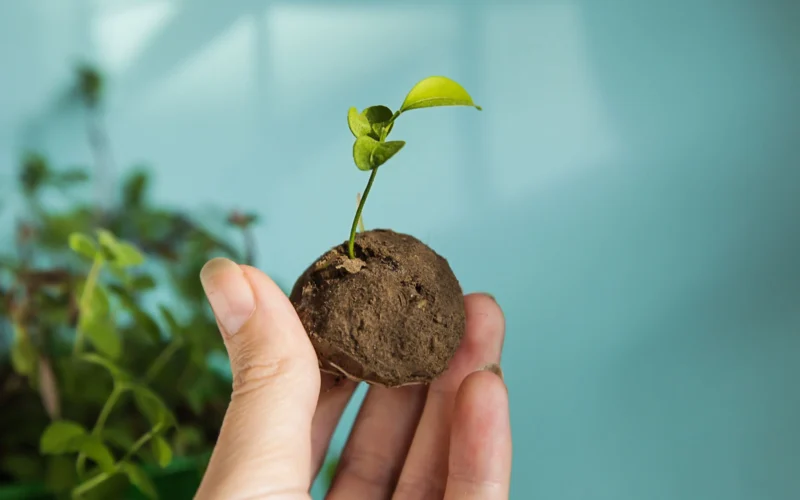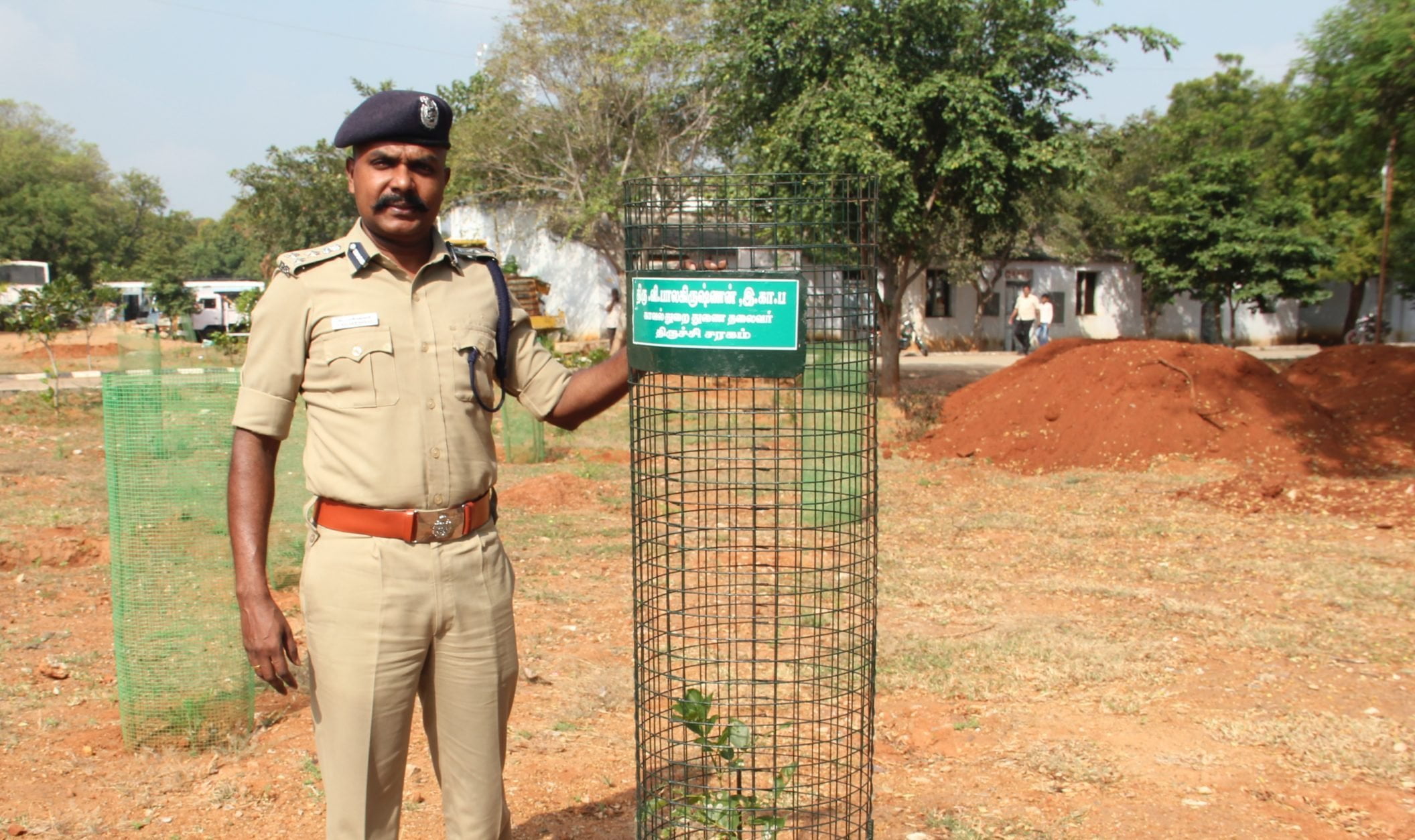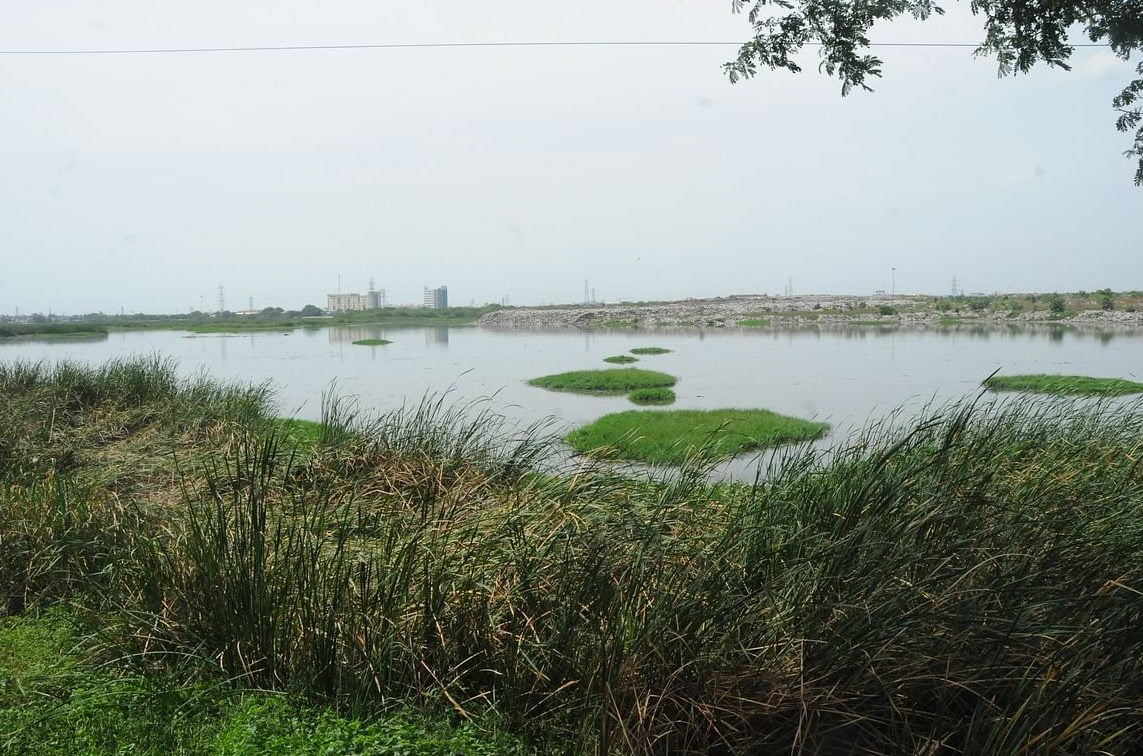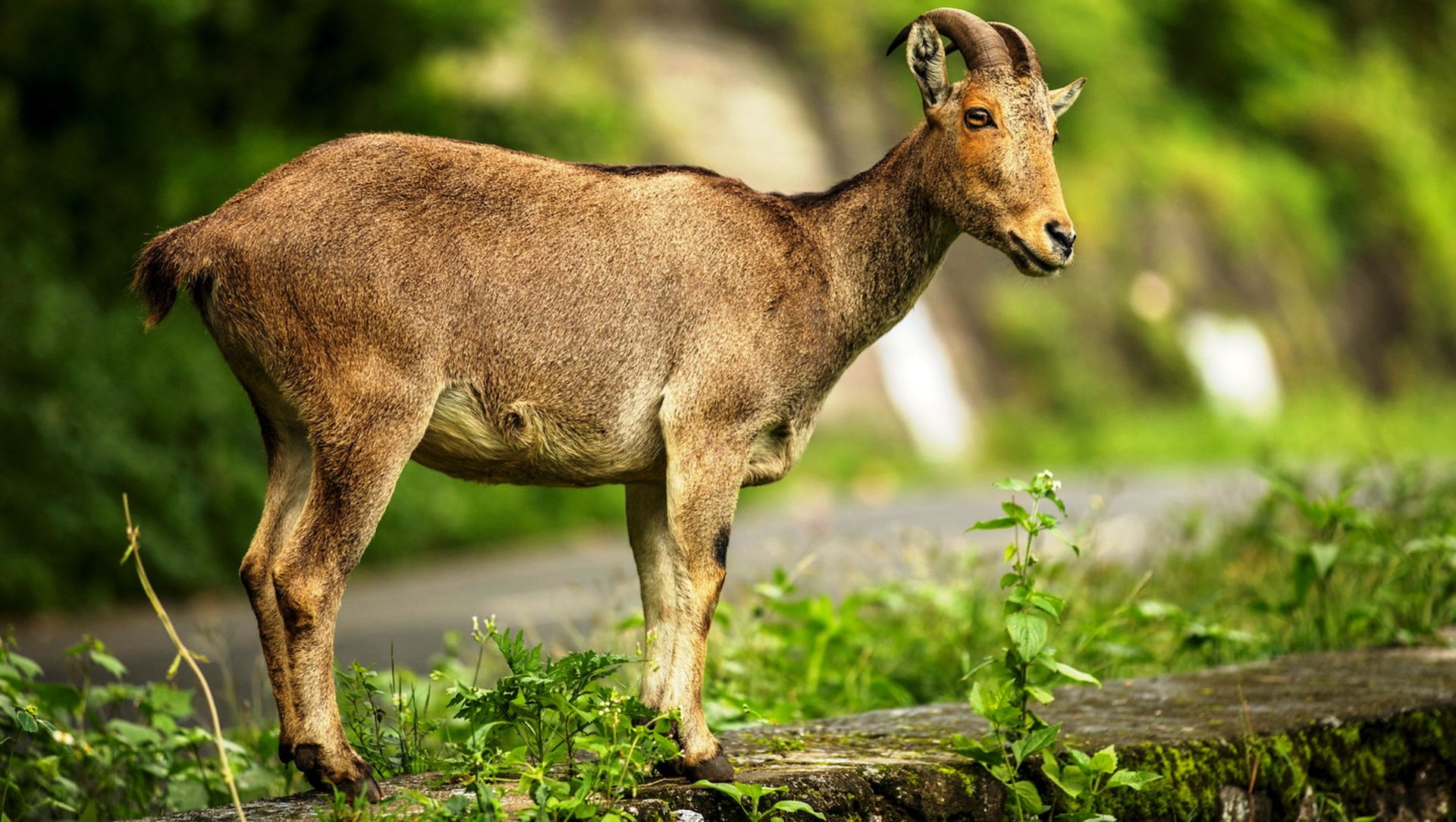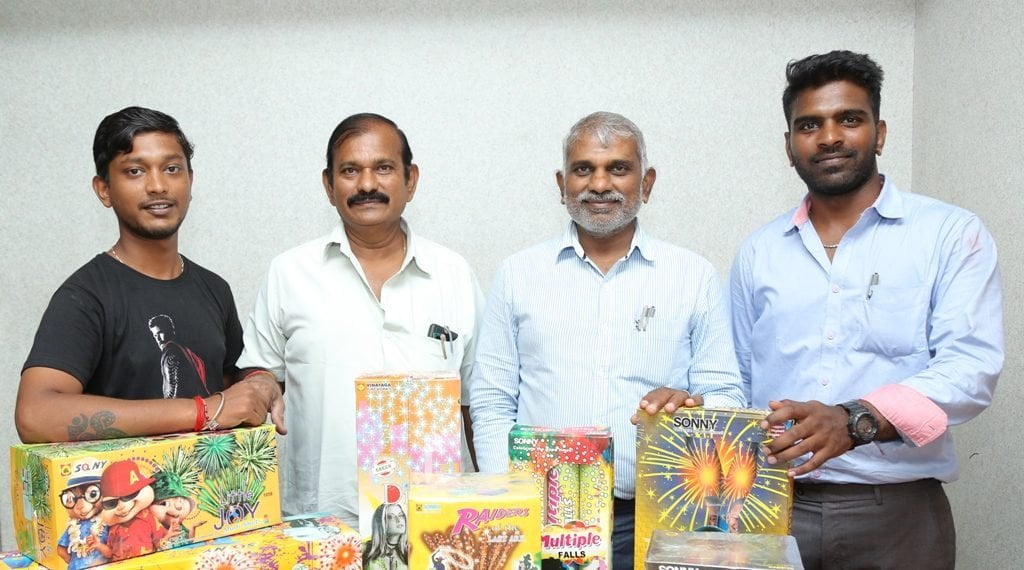Published Issue: September 2017
A seed ball is a mixture of fertile soil, cow dung, and tree seeds formed into a sphere. These balls are made by rolling various types of seeds in clay soil. Typically, these balls are prepared using a mixture of red clay and fertile soil, with compost added for extra nutrients. To ensure the balls do not break apart when thrown, cotton thread or paper pulp is used to hold them together.
History of Seed Balls
The seed ball technique was discovered in Japanese natural farming. Studies suggest that this method was developed by Japanese scientists to combat food shortages in mountainous areas during World War II. This technique was also used to alleviate food scarcity and restore agricultural lands affected by the Nile River floods in Egypt.
Making Seed Balls
Required Materials: Finely powdered clay, compost, required tree seeds, cotton thread, or paper pulp.
Proportions: 5 parts clay powder, 3 parts compost, 1 part seeds.
Procedure: Mix the clay and compost with water to form a dough-like consistency. Place a seed in the center of the dough, close it, and wrap it with cotton thread or paper pulp. Dry the balls first in the shade and then in the sun. Once thoroughly dried, they can be scattered in the desired areas. When it rains, these balls absorb moisture and help the seeds germinate.
The moisture in the soil is sufficient for the seeds sprouting from the seed balls, eliminating the need for manual watering. Seed balls can be used to create forests in barren lands with minimal maintenance. Native tree seeds like neem, pungam, tamarind, and silk cotton are ideal for this method.
Status of Seed Balls in Tamil Nadu
We know that many trees were uprooted during last year’s Vardah cyclone in Tamil Nadu. To compensate for this loss, seed balls have been planted in numerous areas. Some government schools have properly prepared seed balls and have had students scatter them. Certain volunteer organizations in Tamil Nadu are substituting coconuts with seed balls in yellow bags for people to plant during weddings. Similarly, tourists are also scattering seed balls.
In Erode district’s Perundurai region, some volunteer organizations and youths are making and planting seed balls to raise awareness about agriculture and conservation of natural resources. Efforts to promote the seed ball technique are continuously being made across Tamil Nadu.
Despite scientific advancements, only trees have the ability to convert carbon dioxide into oxygen. Hence, the seed ball technique is crucial for restoring lost trees and creating forests.
Dr. S. Poonguzhali, Dr. Suchitra Rakesh, P. Saranya, Father Rover Agricultural College, Perambalur – 621 115.

